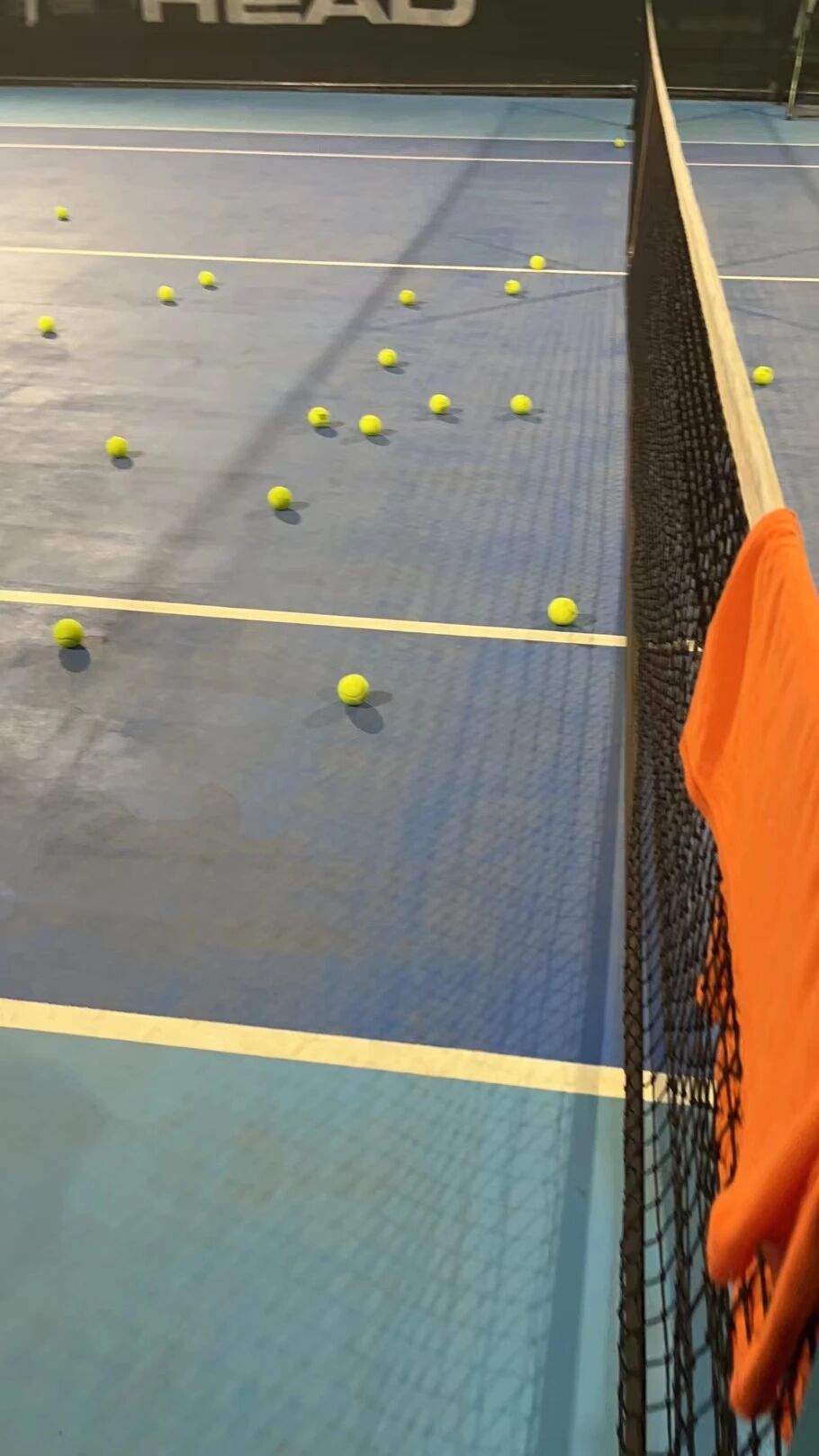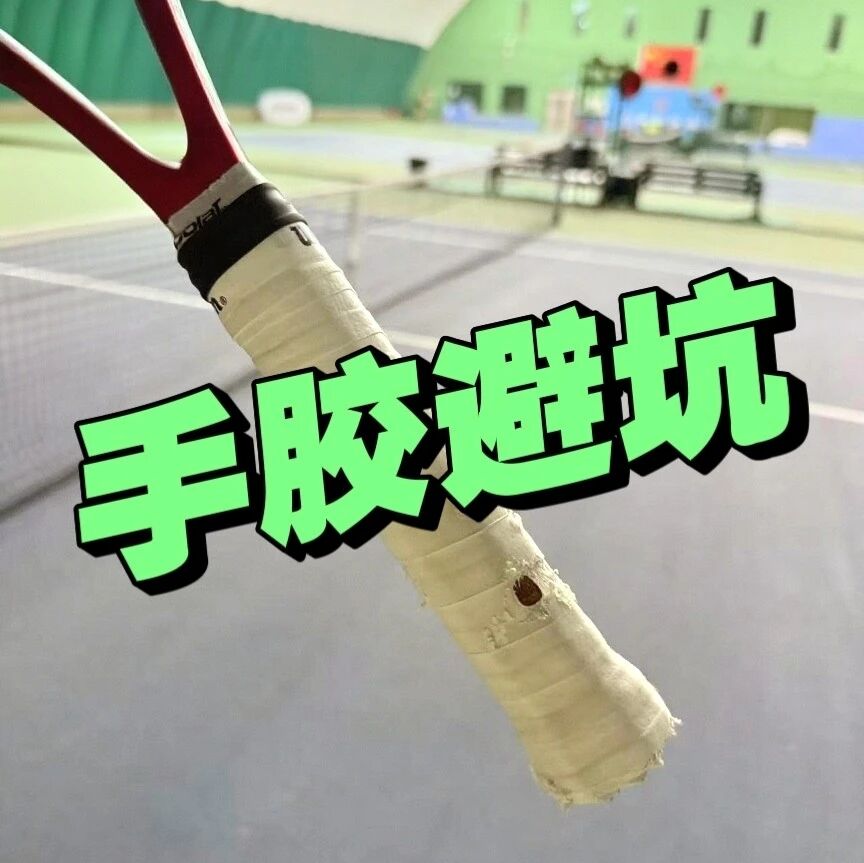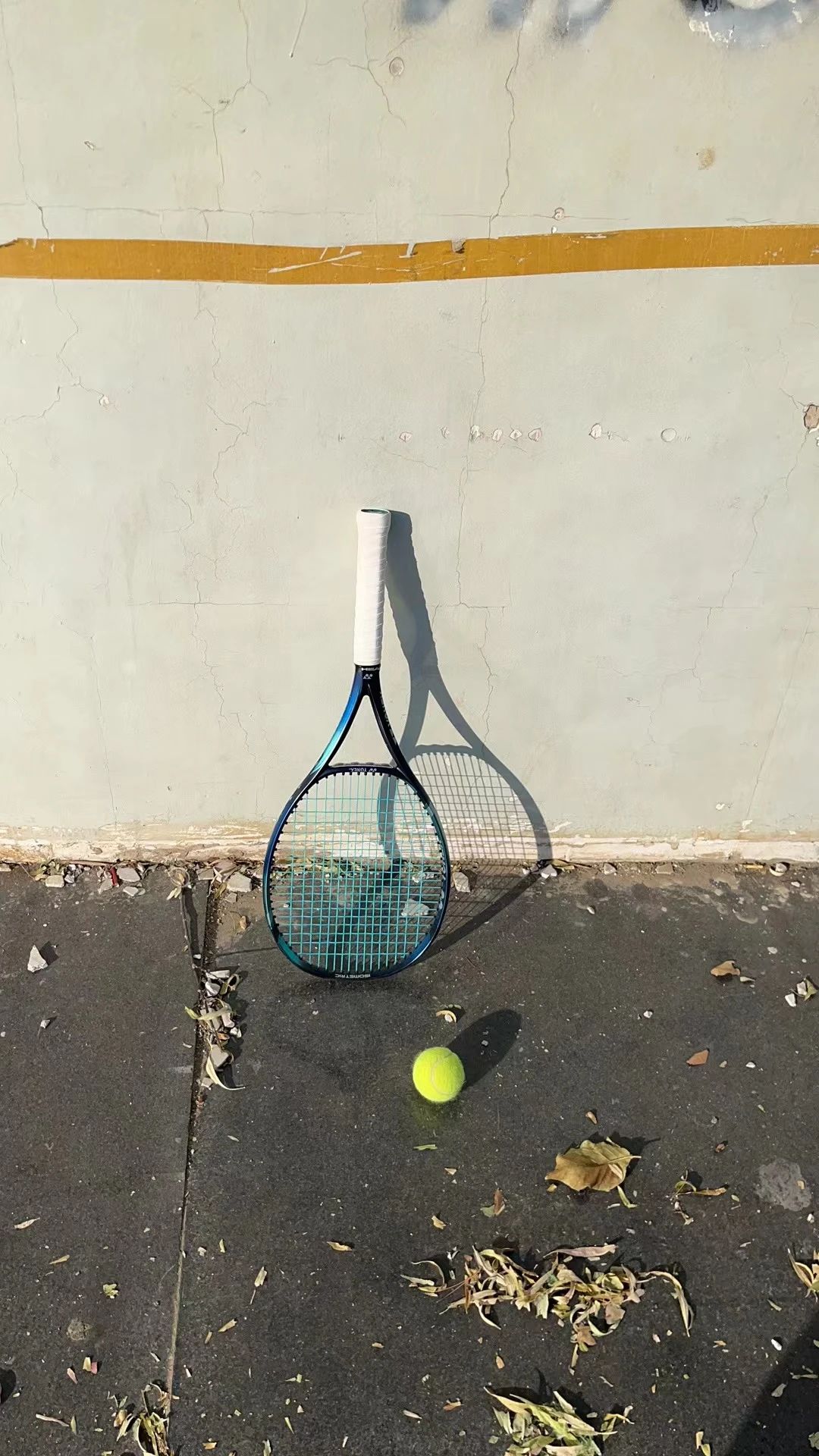Why do high goals hinder tennis improvement?

Under the influence of East Asian culture, people’s sense of self-worth often hinges heavily on external evaluation and approval—being content and satisfied is frequently seen as a lack of ambition. That’s why we’re accustomed to setting extremely high goals even before we begin tackling a task.
Some players, in their tennis journey, also follow the same approach. They set ambitious goals—like "I *must* reach level 5.0, and my serve has to consistently hit 160 km/h..."—and the list goes on. It’s almost as if they feel they’ll be at a disadvantage from the very start unless they aim sky-high right from the get-go.
However, using this approach to motivate yourself to learn tennis comes with significant challenges. If players become fixated on an overly ambitious goal, they may find themselves caught in a constant tug-of-war between "psychological arrogance" and "realistic self-doubt," which can ultimately erode their motivation to keep training.
Psychological arrogance refers to a player who believes their goals are far grander than others'. While everyone else is focused on perfecting the stability of their forehand and backhand, these players have already set their sights on winning matches with "supersonic serves"—clearly dismissing those relentless baseline specialists as mere obstacles.
The problem is, very few amateur players can consistently hit an "sound-speed serve"—and achieving this goal is bound to be incredibly challenging. After all, even the smallest improvements in your serve require an extraordinary, super-saturated buildup of both physical fitness and technical skill.
On one side, arrogance has taken hold, while on the other, their real-game performances are falling apart. In this situation, feelings of inferiority and frustration tightly grip these players' mindset—allowing it to linger unchecked could eventually erode their mental resilience, leading them to give up tennis altogether.
So, how can we overcome the obstacles that high goals pose to tennis learning?
The author believes that maintaining humility during training is absolutely essential—always focus on climbing one step at a time, rather than chasing that attention-grabbing, superficial sense of pride. For instance, a goal like "quietly working to increase the number of rally points" is far more worthwhile than striving for "achieveing instant victory with every shot by maximizing ball speed."
The mountain may be ten thousand *ren* high, but take just one step at a time. As players steadily achieve each small goal, they not only receive a continuous stream of positive feedback but also strengthen their mental resilience. Once this virtuous cycle of steady progress is established, their skills will naturally begin to breakthrough even further.
The reason for writing this article is that the author has noticed many players struggling with this issue, as simply managing their training emotions and mindset already requires considerable effort. Maintaining the right level of tension is key to staying in good training form—avoiding both feelings of dejection and excessive excitement.
As developmental psychologists point out, mastering virtually any skill hinges on scientific, systematic training, along with passion and patience. In the past, we’ve often placed too much emphasis on knowledge and enthusiasm, inadvertently overlooking how crucial patience is to effective tennis coaching.


